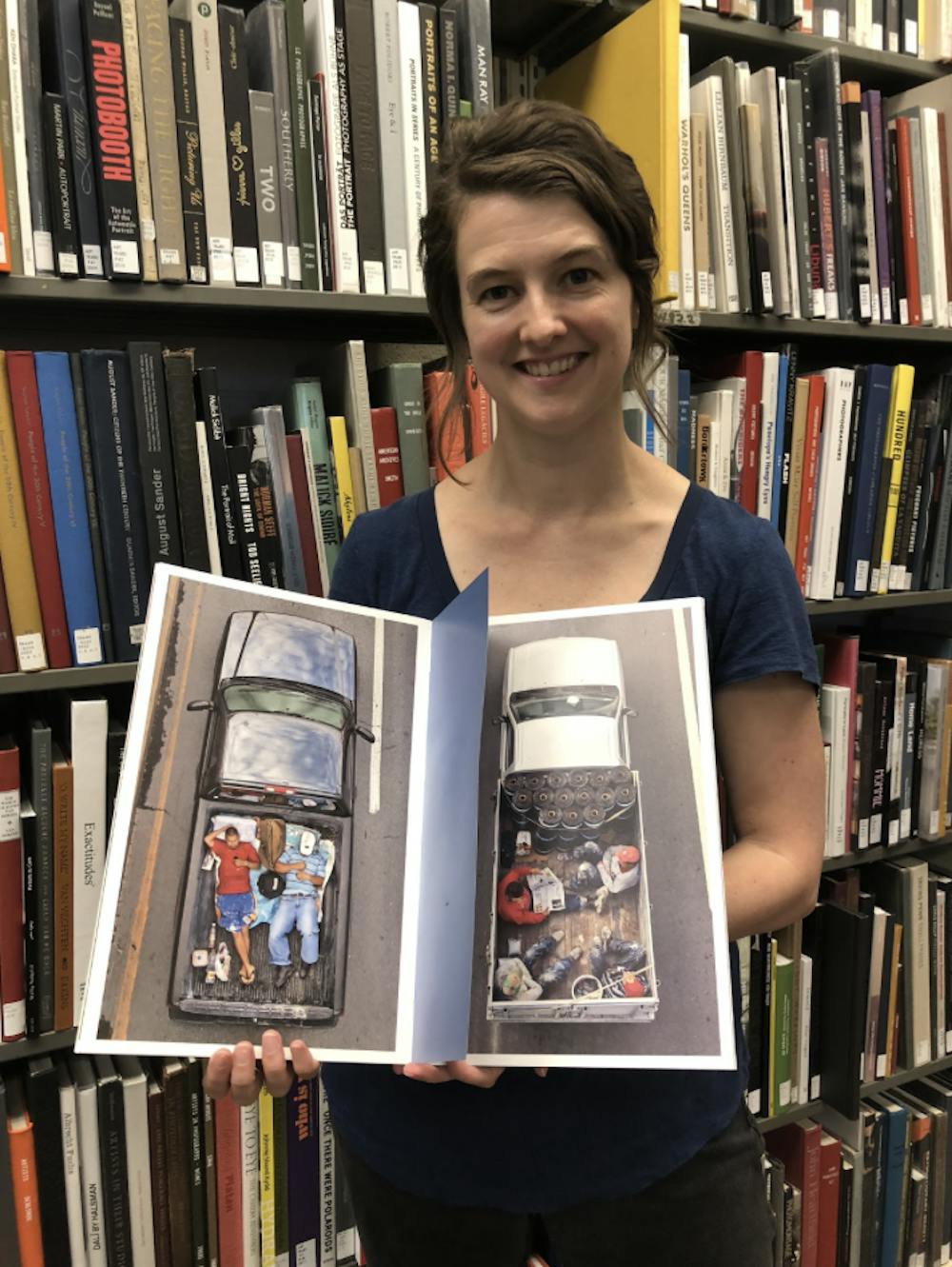For rare book lovers and incunabula enthusiasts, there is an organization on campus that provides opportunities to connect over shared passions and experiences.
The Society for the Study of Incunabula, Manuscripts and Rare Books was founded in 2018. As a student organization, SSIMR emerged to advance professional skills and provide scholarship opportunities in the study of rare books, paleography, manuscripts and incunabula, early printed books, in the library sciences.
Many factors go into what qualifies a book or document as rare.
“Often rarity is a question of supply and demand,” Hunter Corb, vice president of SSIMR, said. “To say that a document, book or manuscript is rare can have multiple meanings, depending on who you are talking to and the objects relationship to its social, historical, cultural and economic context.”
Studying rare books and documents from the past — incunabula are books printed before 1501 — can provide a window into history, centuries of book trading and even how technology has evolved.
“In a lot of ways, the history of the book is the history of information,” James Pearson, president of SSIMR and a graduate student in the School of Information and Library Science, said. “Although the technologies have changed, I think we can learn a lot about our current information behavior by studying the information behaviors of our past.”
The SSIMR has its general interest meetings at the beginning of each semester. The meetings involve topics such as rare book conservation, paleography and deciphering medieval cookbooks.
“We consider ourselves as a connection for people that are either already interested in manuscripts and special collections or have no idea what that is, but they want to learn,” Brigitte Cao, secretary of SSIMR said.
The society offers opportunities for members to gain hands-on experience with skills, such as the physical handling of rare books.




